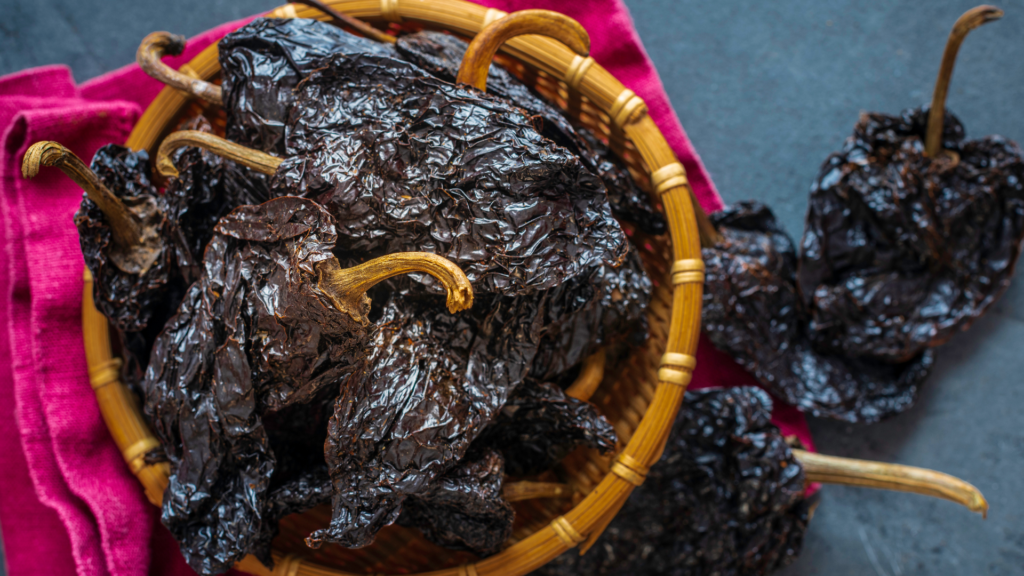What does the future look like for the spice industry.
At Camstar Ingredients, we’re all too familiar with how quickly the spice industry continues to evolve and 2024 really is set to be a crucial year for companies to adapt to emerging trends, address challenges, and seize opportunities for growth.
Historically, conflicts and geopolitical instability can disrupt trade routes, impact supply chains, and affect the production and distribution of goods, including herbs and spices.
With so much unrest in the world, 2042 will be a time to carefully monitor trade routes and and global stock markets. But what other considerations look to be on the horizon this year.
Rising Demand for Authenticity and Transparency
Consumers today are more conscious about the origin and quality of the products they purchase. At Camstar Ingredients, Origin, authenticity are important.
At Camstar Ingredients, quality and reliability are at the heart of what we do. We carefully choose only the finest products, including sourcing from global origins.
As part of our rigorous selection process, we personally audit and verify all suppliers before we establish any partnership. Spice Industry companies that can provide clear information about sourcing practices, production methods, and product quality will stand out in the market.
Health and Wellness Trends:
With increasing awareness about the health benefits of spices and herbs, there’s a growing demand for products that promote health and wellness. Spice companies can capitalise on this trend by offering products that are not only flavourful but also contribute to a healthy lifestyle.
Scroll through any social media channel and you’ll find copious amounts of influencers advocating herbs and spices that wil change your health for the better. 2024 could be the year for ingredient suppliers to increase development of key spice blends with functional benefits or promoting the use of spices in plant-based cooking.
Innovation in Product Development:
Innovation is key to staying competitive in the spice industry. Many companies will invest in research and development to create new and exciting products that cater to changing consumer preferences.
This could involve experimenting with unique flavour profiles, introducing novel spice blends, or exploring innovative packaging solutions to enhance convenience and freshness.
Sustainability Across the Supply Chain:
Sustainability is no longer just a buzzword; it’s a business imperative. Spice companies need to adopt sustainable practices throughout the supply chain to minimize environmental impact, conserve natural resources, and support the livelihoods of farmers and producers.
This includes promoting organic farming methods, implementing fair trade practices, and reducing waste through efficient production and packaging processes.
Digital Transformation:

Technology is transforming every aspect of the spice industry, from sourcing and production to marketing and distribution.
Companies can leverage data analytics, blockchain technology, and e-commerce platforms to streamline operations, enhance traceability, and reach new markets.
Embracing digital transformation will be essential for staying agile and responsive to evolving consumer demands.
Navigating Regulatory Challenges of the spice industry :
Navigating the regulatory landscape in various countries and regions can be akin to traversing a complex labyrinth, each with its own set of rules and nuances. For instance, in the European Union, food safety regulations are stringent, with the European Food Safety Authority overseeing comprehensive risk assessments and stringent labeling requirements such as the mandatory inclusion of allergen information.
Meanwhile, in the United States, the Food and Drug Administration (FDA) regulates food safety and labelling, often updating standards and guidelines, such as revisions to the Nutrition Facts label.
In Asia, countries like China and Japan have their distinct regulatory frameworks, where understanding local requirements is imperative for compliance.
China, for example, China’s Food Safety Law emphasises stricter supervision and harsh penalties for violations.
Moreover, with the growing importance of global trade, harmonising with international standards like those set by the Codex Alimentarius Commission is crucial.
The Codex Alimentarius Commission, established by the Food and Agriculture Organisation (FAO) and the World Health Organisation (WHO), is an international body that sets food standards, guidelines, and codes of practice to ensure food safety and promote fair practices in international food trade.
It develops standards for food quality, safety, and labelling, covering a wide range of products from raw agricultural commodities to processed foods.
These standards are based on the best available scientific evidence and are intended to protect consumer health while facilitating fair trade practices.
The Codex standards serve as a reference point for national governments when developing their food regulations and also play a crucial role in international trade agreements.
Compliance with Codex standards helps to ensure the safety and quality of food products traded across borders, fostering consumer confidence and facilitating global food trade.

Therefore, for businesses operating across borders, staying informed about these dynamic regulatory landscapes is paramount to ensuring adherence to food safety standards, labelling requirements, and trade policies, thereby maintaining consumer trust and market access.
In conclusion, the future of the spice industry holds both challenges and opportunities. By embracing innovation and sustainable practices, companies can position themselves for long-term success in a competitive market. By staying true to their commitment to quality, authenticity, and transparency, spice companies can continue to delight consumers and shape the culinary landscape for years to come.
If you’d like to read more of our articles, why not head over to our News page, where we will be keeping you up to date with interesting and topical articles from the spice industry.










